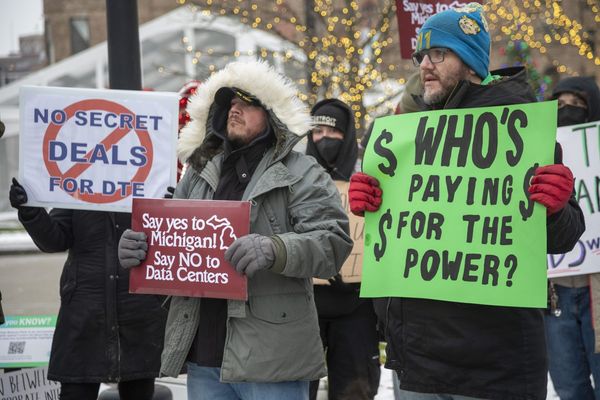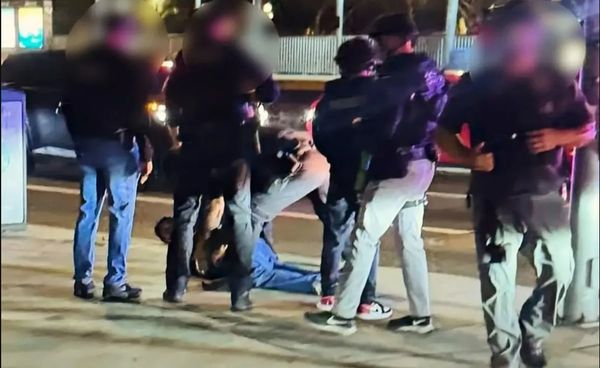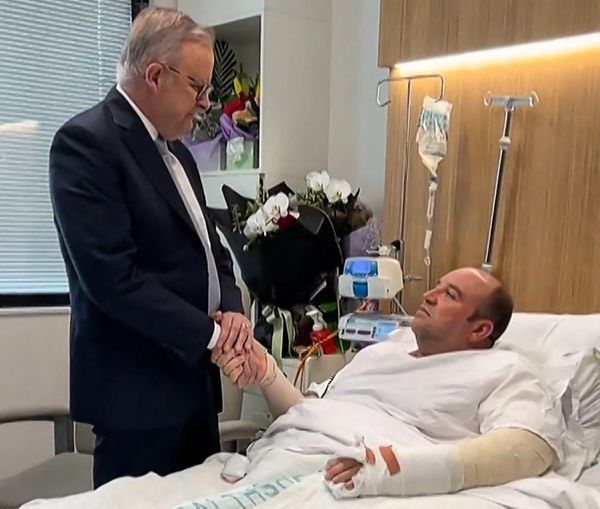
Addison* stopped paying for public transport when she lost access to her concession travel card, after moving from full to part-time university.
Still a student, she would have had to pay full fares, which had soared in Sydney since she began studying in 2020. Instead, she joined the thousands of law-breaking Australians who don’t pay public transport fares.
“Opal is stupidly expensive [and] bus drivers don’t really care on the route I take,” says Addison, referring to the New South Wales ticketing system.
“I can pay the fine if needed. [But] sometimes it also gives me a little thrill, or it’s a sense of gaining control back from the system – I don’t know.”
NSW has the highest rate of fare evasion in Australia. There is about half as much fare dodging in Melbourne as Sydney, while evasion rates have plummeted in Queensland after the rollout of 50c fares, new data shows.
Experts say NSW can learn from the experiences of Australia’s other two big public transport networks.
‘Why should I pay?’
In 2019, NSW’s transport department all but declared victory on fare dodging.
But a subsequent surge in fare evasion has punched a hole in the state’s budget, with lost revenue doubling from less than $80m to almost $160m annually.
By 2022, fare dodgers accounted for nearly one in 10 trips across NSW. That figure has remained high as commuters struggle with surging living costs.
Bus and light rail services have seen the biggest uptick in evasion, which transport expert Daniel Bowen attributes to easy, un-gated accessibility.
Sign up: AU Breaking News email
“If people feel that the fare is too expensive, that is a discouragement to pay, particularly if they think they can get away without paying it,” says Bowen, from Victoria’s Public Transport Users Association.
“It is pretty easy to board a tram without paying … [and] bus drivers don’t generally enforce fares, they’re focused on driving the bus safely.”
Sydney’s fares are 20% more expensive in 2025 than in 2019.
Fines, however, have stayed as low as $200. Experienced evaders have told Guardian Australia they trade off the fine risk against the fare savings.
“Isn’t it statistically cheaper to just cop the fine … rather than pay like $10 every day?” one young Sydneysider says.
Evasion also grew more attractive as commuters lost faith in service reliability in the wake of Sydney’s 2022 rain disruptions and rail strikes, according to transport expert Milad Haghani.
“That frustration can feed a ‘why should I pay’ mindset,” says Haghani, associate professor of urban mobility at the University of Melbourne.
Queensland’s experience suggests many fare evaders would reconsider if prices were lower, he says.
After lockdowns lifted and living costs rose, fare evaders took more than 2m free trips a month. Fares in the state’s south-east had been among the most expensive in the country, even before the state government raised fares twice in six months over 2022 and 2023.
Evasion rates spiked to 15% after 2020 and remained there for four years, doubling the annual budget cost from $31m to $59m and causing problems for transport planning.
“Touching on and off services when paying a fare also provides us with valuable patronage data [on] which services are busy and ensures we can plan a reliable and efficient network,” a Translink spokesperson says.
But in August last year, all fares – even a 180km trip from Gympie to Brisbane – fell to just 50c. Fines, meanwhile, have risen to $333.
Evasion rates have more than halved and could fall further, as the public sees decreasing justification for skipping the ticket cost and risking a fine, Haghani says.
Slashing prices has boosted passenger numbers and eased wallet pressures but cost the Queensland government more than $350m.
A similar move would be vastly more expensive for the NSW government, already short of cash. It oversees nearly four times more public transport trips each year.
Greater enforcement
Experts say an alternative, revenue-focused response to fare evasion could be found in Victoria, where commuters started paying their way after enforcement and fines ramped up.
One in five Melbourne tram trips went unpaid in 2011 and unpaid tickets cost the wider network about $73m annually.
By 2015, the evasion rate fell to just 4% and the budget cost more than halved to about $30m annually, where they remain today, according to Public Transport Victoria.
PTV boosted its ticket inspector workforce and directed them to check fares more often, rather than cutting fares, after commissioning research from Graham Currie, professor of public transport at Monash University.
“The best thing you can do to reduce fare evasion is to have frequent checking of tickets,” Currie says.
Evasion rates hit a record low of 3.1% in 2022 as enforcement ramped up. An extra 10 inspectors have been added each year since 2019 and penalties are nearly $100 higher over the decade.
“Victorians are continuing to do the right thing by touching on,” a Department of Transport and Planning spokesperson says.
With greater enforcement though has come greater resentment from the public.
Condemnation of inspectors’ excessive use of force and indiscriminate fining forced Jacinta Allan, then transport minister, to reform fines and ticketing in 2016. Complaints have risen again in recent years.
Scores of regular evaders help each other avoid inspectors on Facebook groups dedicated to tracking officer locations or, since April, by sharing alerts of officer sightings on a new map app, which Guardian Australia has chosen not to name.
Bowen says the best way to support a growing public transport network and keep revenue coming in is to keep services reliable and ticket costs affordable.
“It’s really about making sure the fares are reasonably priced and making sure that it’s not hard to pay your fare and travel,” he says.
“[But] that does need to be protected to some point … [because] if nobody paid their fare, the public transport network would collapse.”
*Name has been changed.







